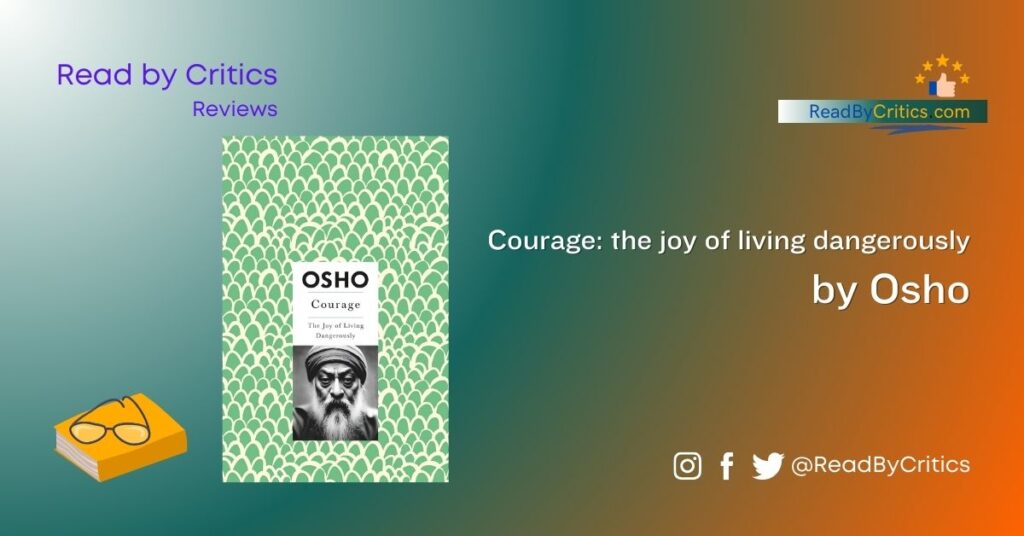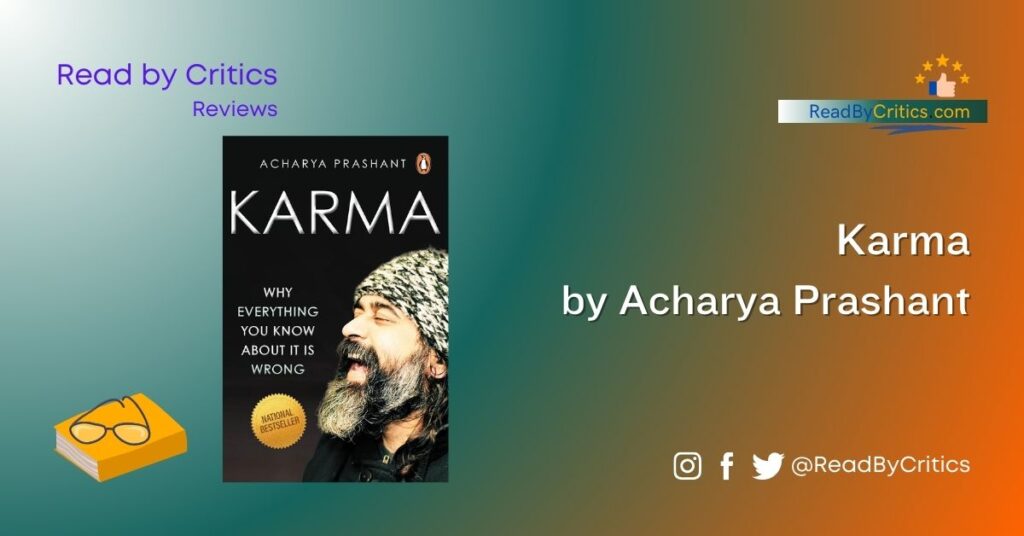Book: Death: An Inside Story
Author: Sadhguru Jaggi Vasudev
Published: Penguin Ananda, 1 January 2020, 376 pages
ISBN: 978-0143450832
Genre: Spirituality
Cost: 299 RS
Review by: Ashish for ReadByCritics
Sadhguru’s Death: An Inside Story is a provocative exploration of one of humanity’s most enduring mysteries, blending spirituality, metaphysics, and practical wisdom in a manner that is both profound and, at times, frustratingly elusive. Unlike conventional philosophical or religious texts approaching death through dogma or existential dread, Sadhguru frames it as a transitional process. This inevitable biological event can be understood—and even mastered—through heightened awareness. His perspective is rooted in yogic traditions, particularly the idea that death is not an end but an energy shift. This concept echoes Eastern philosophies like Advaita Vedanta and Tibetan Buddhism. However, where ancient scriptures remain esoteric, Sadhguru attempts to demystify death for a contemporary audience, making this book both an accessible primer and a challenging spiritual manual.
When compared to other works on mortality—such as Elisabeth Kübler-Ross’s On Death and Dying, which approaches the subject through psychological stages, or Caitlin Doughty’s Smoke Gets in Your Eyes, which blends memoir with mortuary science—Sadhguru’s Death stands apart by rejecting clinical or sentimental narratives in favor of a mystical, experiential framework. Unlike the Western tendency to medicalise or sanitise death, Sadhguru treats it as a sacred, even liberating phenomenon, aligning more closely with the Tibetan Book of the Dead or Osho’s discourses on impermanence. Yet, where these texts often remain abstract, Sadhguru intersperses his philosophy with practical advice—breathing techniques, meditative practices, and rituals—to prepare the living for the inevitable. This fusion of theory and application gives the book a unique position in the genre, though it occasionally falters in its attempt to reconcile ancient wisdom with modern scepticism.
One of the most compelling aspects of Death is Sadhguru’s decision to crystallise his oral teachings into written form, a strategic move that extends his reach beyond his vast YouTube following and live satsangs. By committing his insights to print, he engages in an intellectual strife, battling the ephemeral nature of spoken discourse and ensuring his ideas endure in a more structured, referenceable format. This is particularly significant in an era where spiritual seekers are bombarded with fragmented digital content, much of it superficial. Books like Death force readers to slow down, absorb, and reflect—an antidote to the soundbite culture that dominates modern spirituality. Yet, this very strength may also be its weakness: Sadhguru’s prose, while lucid, demands patience and contemplation, qualities increasingly scarce in today’s attention-deprived youth.
This raises an important question: Is a book like Death too demanding for a generation raised on instant gratification, one that often shuns deep philosophical engagement in favour of quick fixes? Contemporary spirituality prioritises convenience over depth, as seen in the rise of apps like Headspace or the commodification of mindfulness. Sadhguru’s unapologetically dense discourse on mortality, a topic many young people actively avoid, may struggle to find resonance among those who view spirituality as a self-help tool rather than a transformative discipline. Philosophy and spirituality have grown distant from younger audiences, who often lack the cultural or intellectual scaffolding to engage with texts that reject easy answers. Death does not cater to this impatience; it insists on the reader’s willingness to grapple with discomfort, to sit with the unknown—a tough sell in an age of distraction.
That said, Sadhguru’s work is not without its contradictions. While he dismisses fear-based religious narratives around death, he occasionally leans into his brand of absolutism, particularly when asserting the supremacy of yogic science over other belief systems. His dismissal of grief as a “self-created misery” may strike some as callous, failing to account for the deeply personal and cultural dimensions of mourning. Moreover, his insistence on the mechanistic nature of death, reducing it to energy transfer, can feel reductive to those who find meaning in the emotional and relational aspects of dying. These tensions reveal a broader challenge in spiritual literature: the line between demystification and oversimplification.
Indeed, despite its flaws and limitations, Death by Sadhguru elevates the discourse on mortality by compelling readers to confront fundamental questions that most of society avoids: Why do we fear death? What is its true nature? And why does the mere contemplation of it haunt human existence so profoundly? Sadhguru does not offer palliative reassurances or recycled religious platitudes; instead, he dismantles the very foundations of our dread by reframing death as a natural, even necessary, dimension of life’s continuum. Drawing from yogic traditions, he argues that fear arises not from death but from misidentification—the false belief that we are merely the body or mind, rather than the energy that animates them. While not entirely novel in Eastern philosophy, this perspective is presented with a pragmatic clarity that bridges ancient wisdom and modern inquiry. The book’s real value lies not in definitive answers but in its ability to provoke deeper questioning, challenging readers to examine their conditioning, cultural myths, and personal resistance to impermanence. By shifting the focus from death as an endpoint to death as a process of transformation, Sadhguru reframes the conversation in a way that can, for those willing to engage deeply, dissolve existential anxiety and replace it with a more conscious, even curious, relationship with life’s ultimate certainty. In this sense, the book succeeds where many others fail: it doesn’t just describe death; it reorients the reader’s entire relationship to it.
For instance, Sadhguru discusses questions like bury or burn, donating organs or not, mourning the dead or not, reincarnation or not, and many other seemingly simple but essential questions that we may have been asking for decades, if not centuries. Sadhguru can add logic and reasoning to his discourse while answering these questions, which makes it a compelling read. He wants to offer ‘liberating truth’ rather than fanciful lies to keep us in the same cocoon all our lives. The question is, are you ready for liberation?
Ultimately, Death is a bold, thought-provoking addition to the canon of spiritual literature that challenges readers to confront mortality not with fear but with curiosity and preparation. It succeeds where many books fail by offering abstract musings and actionable wisdom for those willing to engage deeply. Yet, its most significant hurdle may not be its ideas, but the cultural moment it arrives, when profound contemplation is often sacrificed at the altar of speed and simplicity. However, for those willing to meet it on its own terms, Death offers a rare and invaluable perspective: that understanding the end of life may be the key to living more fully.
Interested? Click here to get a copy from Amazon India.
Review by Ashish M for ReadByCritics
…
Death by Sadhguru – a critical book review
-
Critical Rating
Summary
Are you ready to face your questions? Sadhguru offers some revealing answers.




